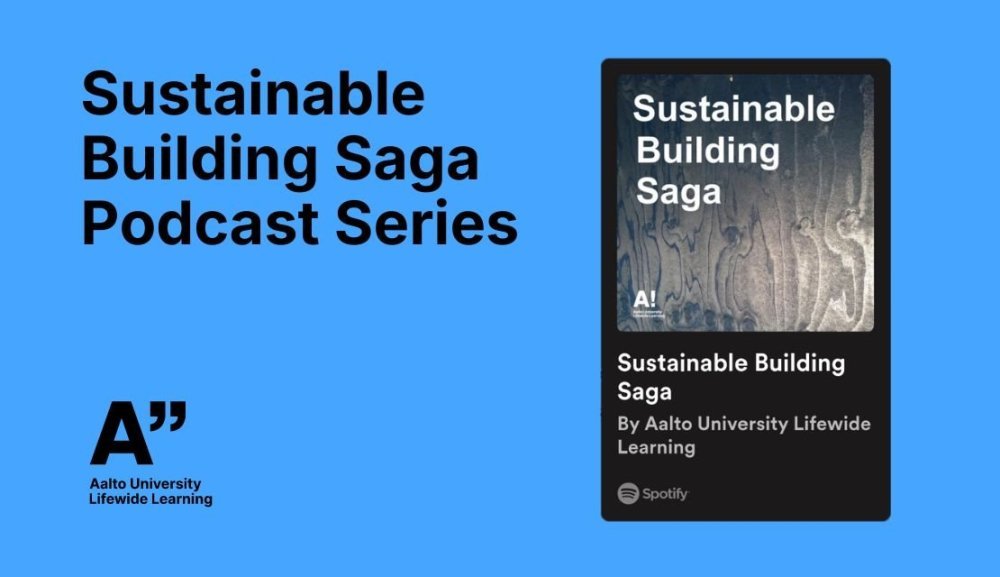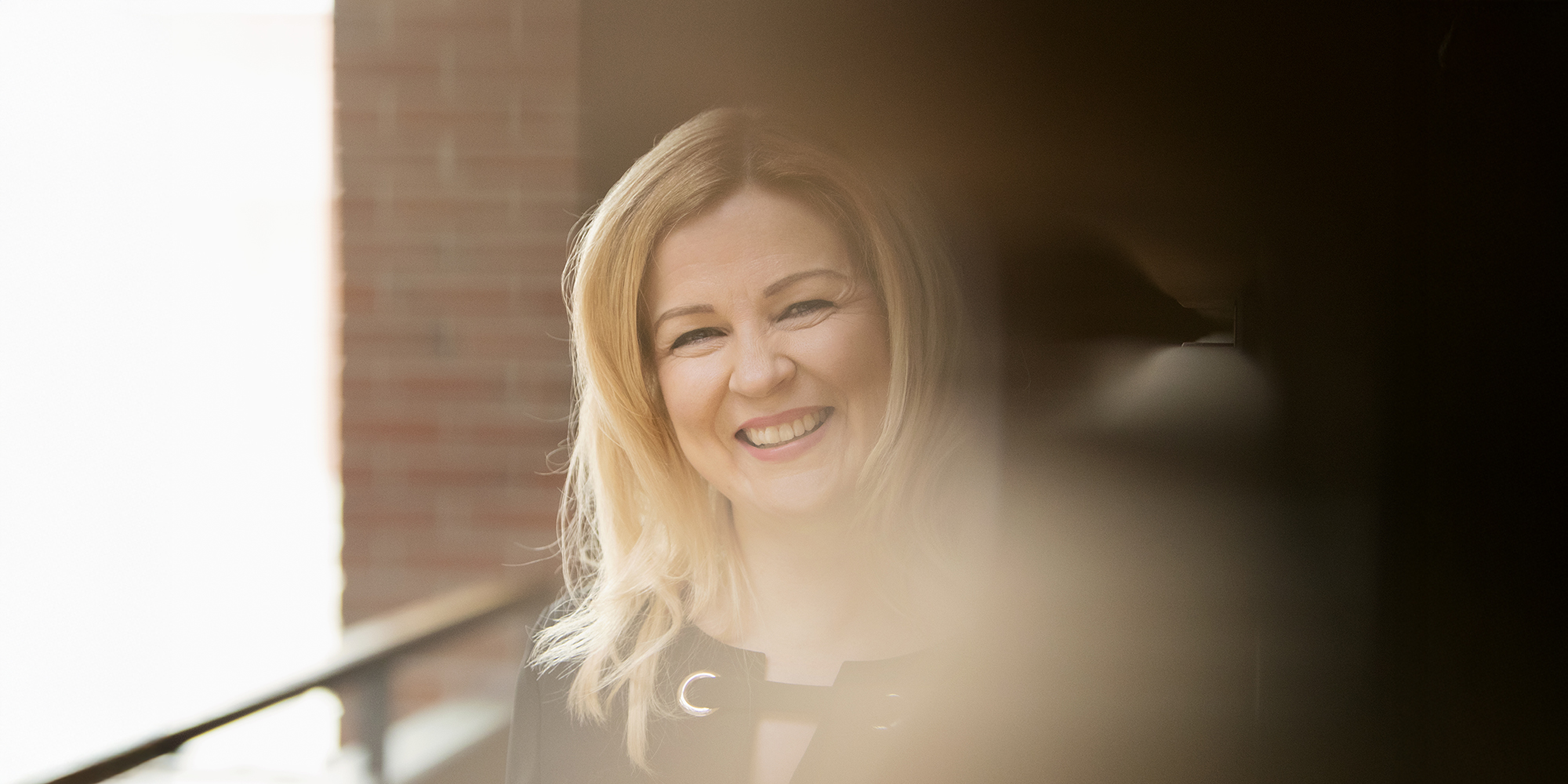Following Finland’s parliamentary elections in April 2019, the Chairman of the Social Democratic Party, Mr. Antti Rinne, held government negotiations with four other parties, which ultimately led to the formation of the current center-left governing coalition.
A much-publicized process innovation around these latest negotiations was to have the politicians and experts first ideate possible solutions to major societal challenges without the constraints of how their solutions would be funded. I assume this was done to not limit the negotiators’ creativity and thus to widen scope of solutions, or as the cliché goes: think outside the box.
Given an empty canvas or blank slate on which to create something we tend stick to the familiar."
While I understand the appeal of doing away with pesky constraints and realize that downplaying the role of financial consideration may also be political signaling in this case, if the aim was to truly ignite the full creative potential of the participants, then, in my role as an innovation researcher and trainer, I would not have recommended such an approach.
The counter-intuitive finding in multiple studies looking at creativity and idea development is that constrained settings create more novel solutions than settings where the participants are freed from constraints. (For a comprehensive review of the topic, see for example the book by Columbia University’s Patricia Stoke “Creativity from Constraints: The Psychology of Breakthroughs”.)
It seems that given an empty canvas or blank slate on which to create something we tend stick to the familiar and simply create a more costly and excessive version of an earlier model. While when given a constrained context within which to create something new, we are forced to challenge existing forms and find novel workarounds. Using existing resources in new ways is what the French anthropologist Claude Levi-Strauss termed bricolage; an idea that business scholars (e.g. Baker & Nelson; ASQ; 2005) have expanded on through the concept of entrepreneurial bricolage, which can be used to explain the innovativeness of seemingly resource-starved start-ups.
More recently, this phenomenon has been demonstrated through four experimental studies (Scopelliti, Cillo, Busacca, Mazursky; JPIM; 2013), which show that product ideation done under financial constraints produces not only more cost-efficient solutions (as you would expect), but also solutions with a higher degree of novelty (as judged externally).
Product ideation done under financial constraints produces not only more cost-efficient solutions but also solutions with a higher degree of novelty."
How should we use this insight to our advantage? One way to spark our creative impulses is to intentionally manage the constraints surrounding our creative process.
As Patricia Stoke details in her book, many legendary artists have imposed constraints (such as a single material or certain style of painting) on their own artistic process.
When trying to create something new at work, we could also play around with constraints – for example, asking what a solution would look like if it could cost half of what it costs today or needs to be delivered in half the time.
And remember, next time your colleague is venting about the small budgets and overly-ambitious deadlines set by your boss for your latest development initiative as being constraints that are surely stifling your creativity, explain to them that without these irritating constraints you would be less likely to generate the next novel breakthrough - which is surely just around the corner.
Dr. Mikko Laukkanen is the Academic Director at Aalto EE. He is also a Researcher at the Aalto University School of Business and frequently lectures in Aalto EE’s programs around the world. Aalto EE's programs deepens participants' understanding of the different aspects of digitalization on the eve of the emerging artificial intelligence era, and provide the basis for competitiveness in the near future. Read more about the programs.






















